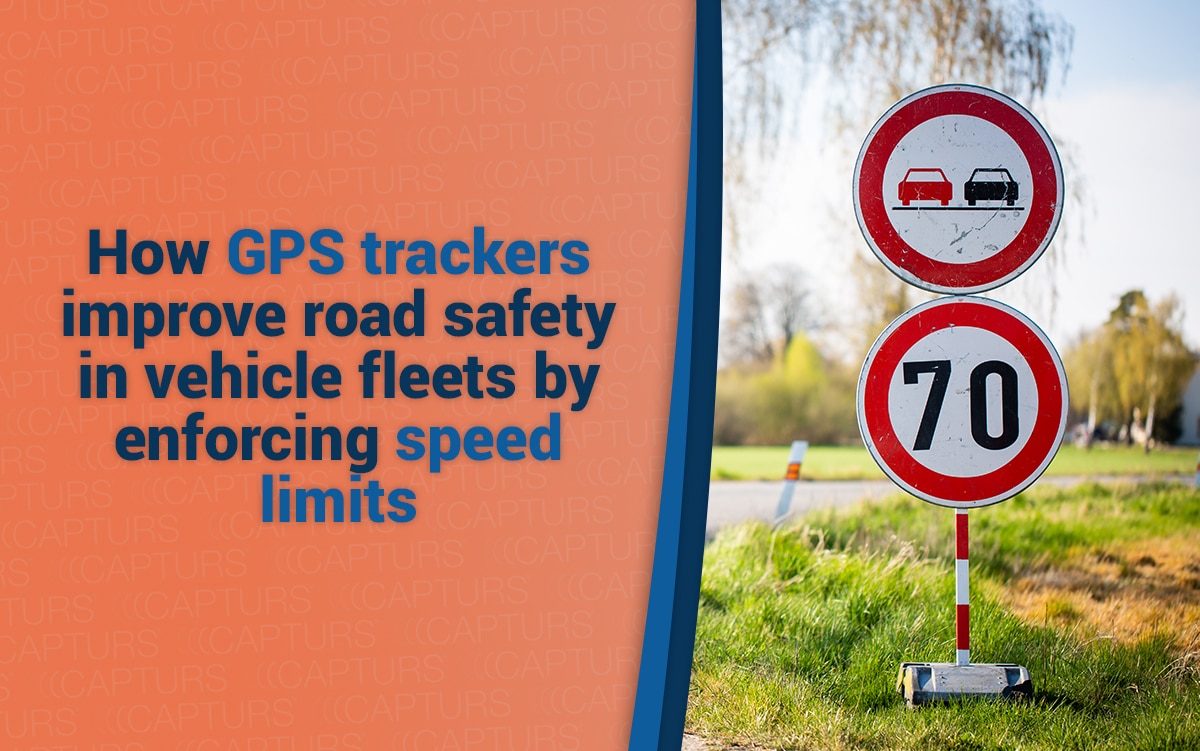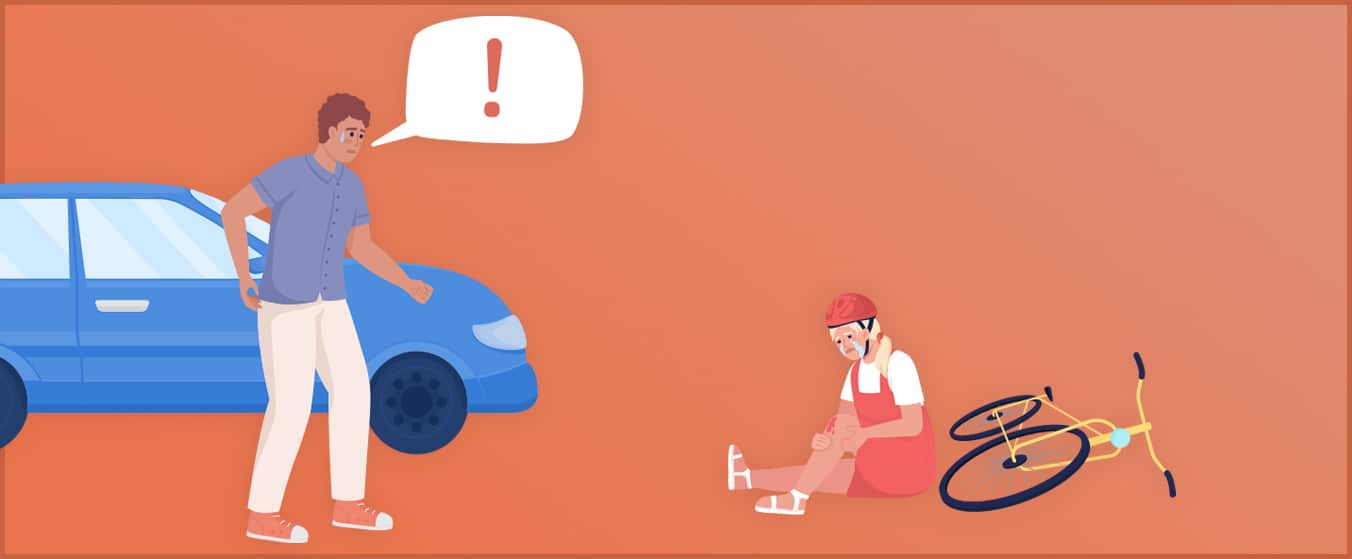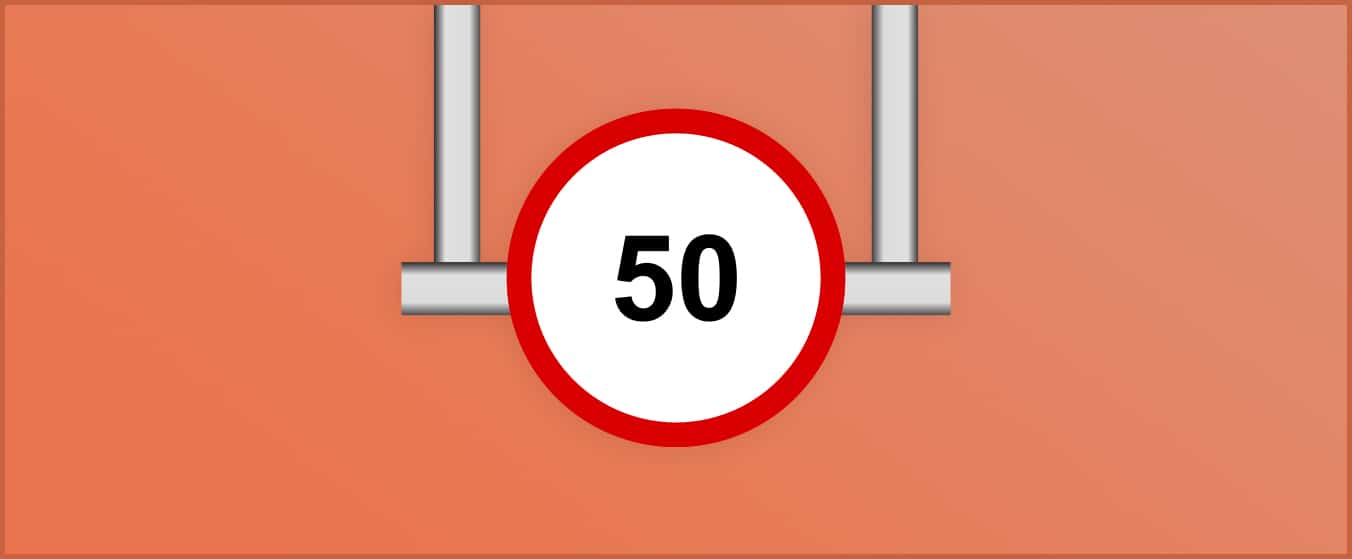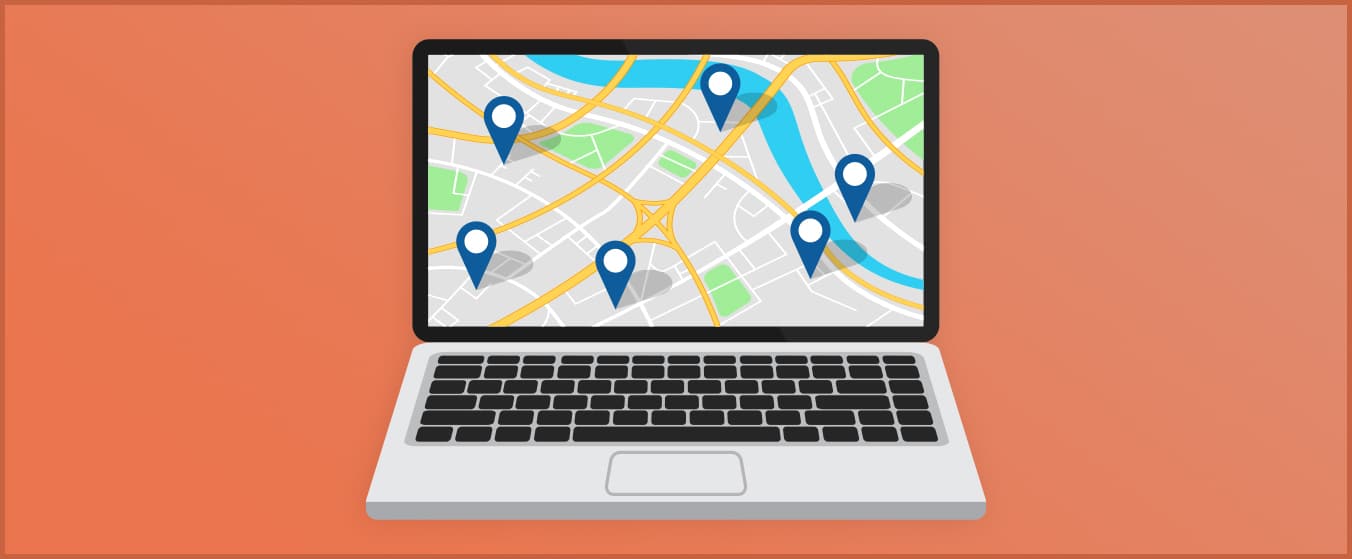How GPS trackers improve road safety in vehicle fleets by enforcing speed limits

GPS trackers have become an indispensable tool for improving road safety in vehicle fleets. By using these real-time tracking technologies, companies can monitor the speed of their vehicles and ensure that they stay within the speed limits. GPS trackers also allow companies to track the location of their vehicles, which can be useful in ensuring environmentally friendly driving, driver and passenger safety, and optimizing delivery routes. By using these technologies, companies can reduce the risk of traffic accidents and improve the efficiency of their vehicle fleets.
What is eco-driving?
Eco-driving is a method of driving that aims to improve the fuel efficiency and reduce the pollutant emissions of a vehicle. It can be achieved through smooth driving, using the ideal speed, planning trips and reducing engine load. It saves on fuel costs and helps protect the environment by reducing greenhouse gas emissions. This script will focus on the influence of speed on eco-driving.
A close link between company car speed and eco-driving
Eco-driving and speed are directly related, as higher speeds result in higher fuel consumption and pollutant emissions. It is therefore important to consider speed when trying to drive in an eco-friendly manner.
Speed has a significant impact on a vehicle’s fuel consumption and pollutant emissions. Driving at high speeds increases air resistance, which results in increased fuel consumption. In addition, vehicles consume more fuel when they accelerate and brake frequently, rather than maintaining a constant speed. It is therefore advisable to drive at lower speeds and maintain a constant speed.
By using optimal speed, avoiding hard acceleration and maintaining a constant speed, eco-driving not only saves money on fuel costs, but also helps the environment by reducing greenhouse gas emissions.

Reducing the speed of vehicle fleets: gains at all levels
Reducing speed can have a positive impact on road safety. When vehicles travel at lower speeds, they have more time to react to emergency situations and accidents are less severe when they do occur.
Driving at lower speeds also allows drivers to better see and assess traffic situations, which reduces the risk of accidents. Pedestrians and cyclists also have more time to react and are less likely to be involved in accidents when vehicles are traveling at lower speeds.

Low-speed zones have also been shown to reduce fatal and serious injury crashes. Lower speed limits can also help reduce inequalities in road crashes, particularly for pedestrians and cyclists who are at greater risk when in close proximity to motor traffic.
In summary, reducing speed can have a positive impact on road safety by reducing the risk of accidents and reducing the severity of accidents that do occur. Employees of a company that provides company cars will therefore drive more safely. It is therefore important to respect the speed limits to ensure the safety of all road users.
Speed reduction policies that work for businesses
There are many examples of speed reduction policies that have had a positive impact on road accidents.
A study in Switzerland showed that reducing the speed limit from 90 km/h to 80 km/h on freeways resulted in a 15% reduction in fatal accidents and a 20% reduction in serious injury accidents. Another study in France showed that reducing the speed limit from 90 km/h to 80 km/h on secondary roads resulted in a 42% reduction in fatal accidents and a 39% reduction in serious injury accidents.
Low speed zones have also been shown to reduce fatal and serious injury accidents. Studies in Sweden and the Netherlands have shown that low speed zones have resulted in a 30% to 50% reduction in fatal and serious injury accidents.

It has been shown that reducing speed in urban areas also has significant results on road safety. A study in Spain showed that reducing speeds from 50 km/h to 30 km/h in urban areas resulted in a 30% reduction in fatal accidents and a 50% reduction in serious injury accidents.
In sum, speed reduction policies have been shown to significantly reduce fatal and serious injury accidents on the roads. It is therefore important to continue to implement speed reduction policies to ensure road safety.
How GPS trackers can help reduce speed and ensure eco-friendly driving
GPS trackers can help reduce speed in several ways.
First, some GPS trackers can be used to monitor the speed of a vehicle in real time. The speed data can be used to identify drivers who are traveling at excessively high speeds and take action to encourage them to slow down. Some GPS trackers can be used to create speed alerts. For example, an alert can be triggered when a vehicle exceeds a certain speed limit, or when it enters a low-speed zone. Drivers can then be alerted to slow down.

In addition, some GPS trackers can be used to create speed maps. Speed maps can show areas where drivers typically drive at high speeds, which can help authorities identify risky areas and take action to reduce speed.
Finally, GPS trackers can help reduce speed by allowing real-time speed monitoring, creating speed alerts and identifying high-risk areas. Users can use this information to improve driving behavior, and authorities can use this data to develop more effective road safety policies.
Reducing speed has an impact on both safety and greenhouse gas emissions. This dual benefit makes it a major issue that business leaders should seriously consider for their vehicle fleets.
